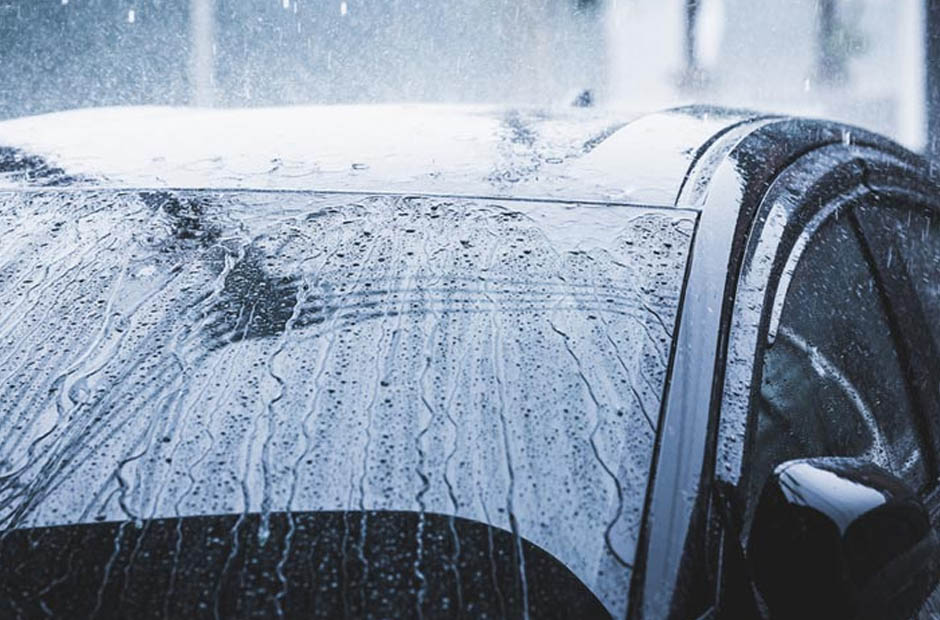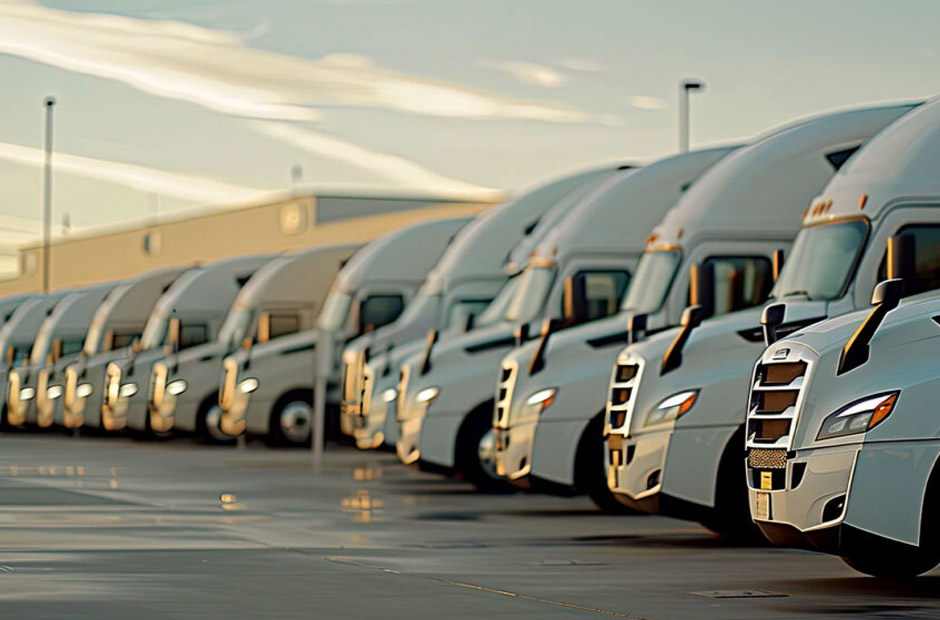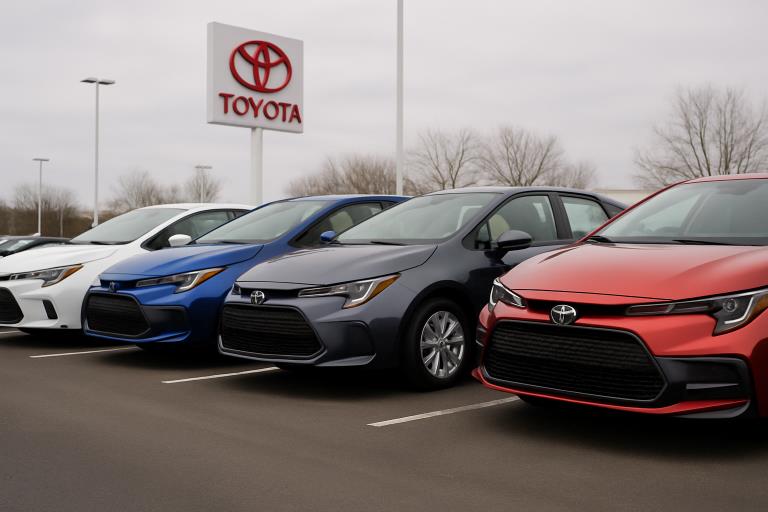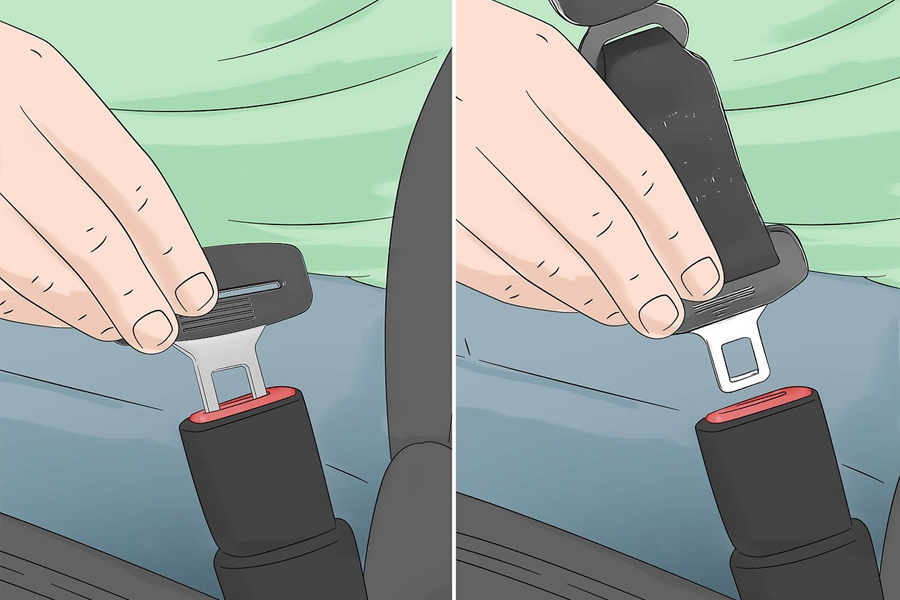Now Reading: Hydrophobic Surfaces: How Water-Repellent Technology Keeps Your Vehicle Cleaner
-
01
Hydrophobic Surfaces: How Water-Repellent Technology Keeps Your Vehicle Cleaner
Hydrophobic Surfaces: How Water-Repellent Technology Keeps Your Vehicle Cleaner

What Are Hydrophobic Surfaces?
Hydrophobic surfaces repel water, causing droplets to bead up and roll off, minimizing moisture contact and reducing water spots, corrosion, and staining. Found in nature—like lotus leaves—these surfaces inspire applications from electronics to building materials. In cars, hydrophobic treatments keep exteriors cleaner by preventing water and dirt from sticking, making washes easier and maintaining appearance.
Automakers and detailing specialists often use advanced treatments, including ceramic coatings, to create this effect. For example, a ceramic coating for cars in Lakeland, FL, can provide a durable hydrophobic layer that protects paintwork from environmental contaminants. Beyond water resistance, these coatings can reduce the effort needed for cleaning and enhance the longevity of the vehicle’s finish, offering practical benefits for everyday maintenance.
How Hydrophobic Technology Works
Hydrophobic technology creates a surface that repels water, reducing the ability of liquids to adhere. This is achieved through microscopic structures and chemical treatments that minimize surface energy, causing water droplets to bead and roll off rather than spread. This effect helps prevent dirt, grime, and water spots from sticking in vehicles, keeping surfaces cleaner for longer periods. For those seeking enhanced protection, searching for “automotive ceramic coating near me” can provide access to coatings that employ advanced hydrophobic properties. By maintaining a barrier that resists moisture, these surfaces simplify cleaning and extend the lifespan of automotive finishes.
Benefits Beyond Cleanliness
Hydrophobic surfaces keep cars cleaner and prevent corrosion, oxidation, and paint fading due to UV rays. They act as barriers against hazards like bird droppings and tree sap, reducing damage. They also reduce the risk of scratches from dirt particles and repel oil-based stains, making surfaces easier to clean and more resilient against chemical and physical wear. This reduces the need for costly paint correction or frequent waxing.
Making Car Maintenance Easier
One of the standout advantages of hydrophobic coatings is ease of maintenance. Instead of persistent scrubbing or detailing, routine washes become simple rinse-offs—dirt and debris detach from the surface almost effortlessly. Water spots, which occur when mineral-laden droplets dry on the paint, are far less likely to form. For drivers in colder regions, hydrophobic coatings help prevent slush, road salt, and grime from adhering during winter, significantly reducing time spent cleaning after storms or commutes.
How These Coatings Compare to Traditional Waxes
- Longevity:Hydrophobic coatings last longer than waxes, with professional application lasting years and reducing reapplications.
- Performance:They better repel water and contaminants, keeping a fresh look between washes.
- Maintenance:Unlike wax, which needs regular touch-ups, hydrophobic tech is a one-time investment, saving time on washing.
What’s New in Hydrophobic Technology?
Thanks to nanotechnology and chemistry, hydrophobic technology has made great progress in improving coating effectiveness and environmental safety. These coatings provide increased durability and self-cleaning abilities, making them more available to car owners and democratizing protection that was once only for high-end or specialty vehicles.
Safety Advantages for Drivers
Hydrophobic coatings enhance safety, especially on windshields and windows, by making water slip away and improving visibility in storms or at night. They reduce the need for windshield wipers in light rain and enhance clarity in heavy rain, leading to less streaking and better reaction time and confidence during bad weather.
Is a Hydrophobic Coating Right for Your Vehicle?
Applying a hydrophobic surface benefits daily drivers and those in harsh climates by making cleaning easier, protecting the exterior, and boosting safety. Hiring a professional ensures the best results. While not a substitute for regular care, it extends cleaning intervals and offers strong protection against road hazards.




















